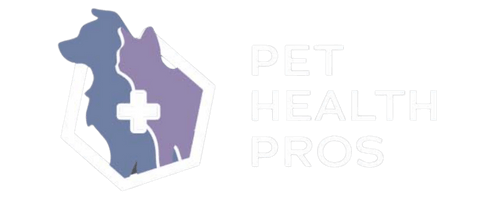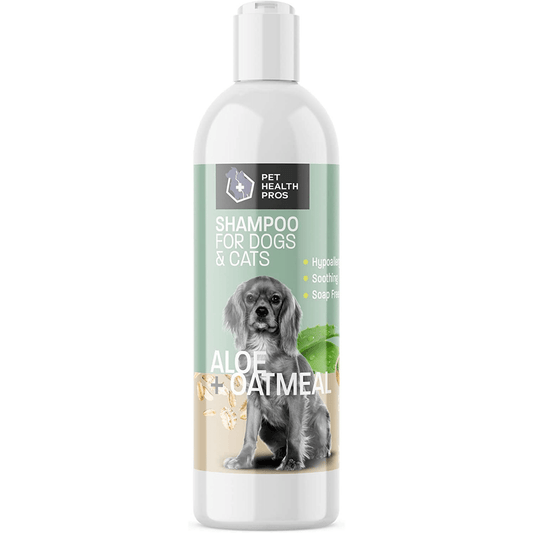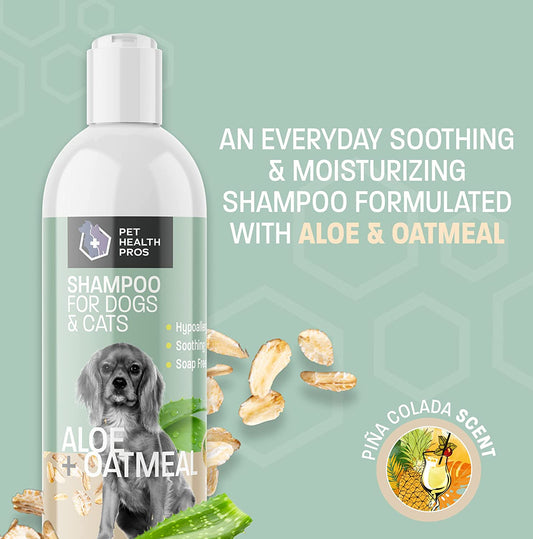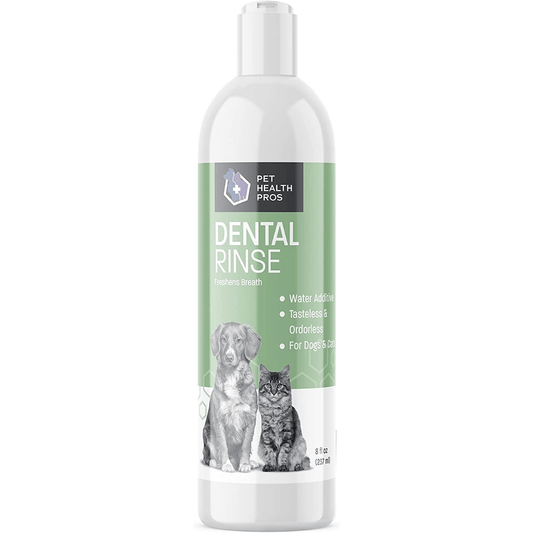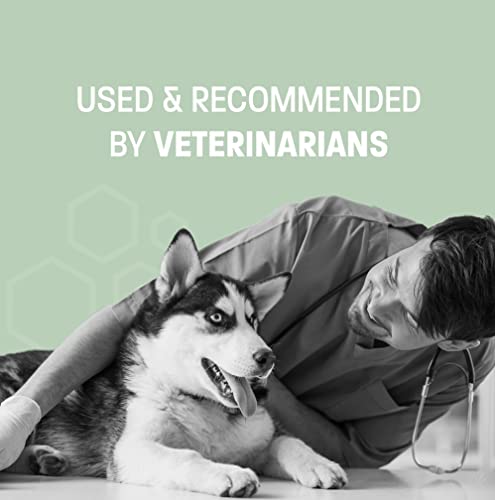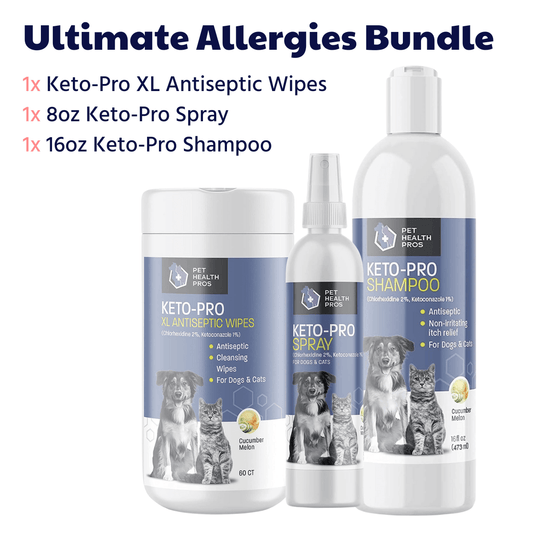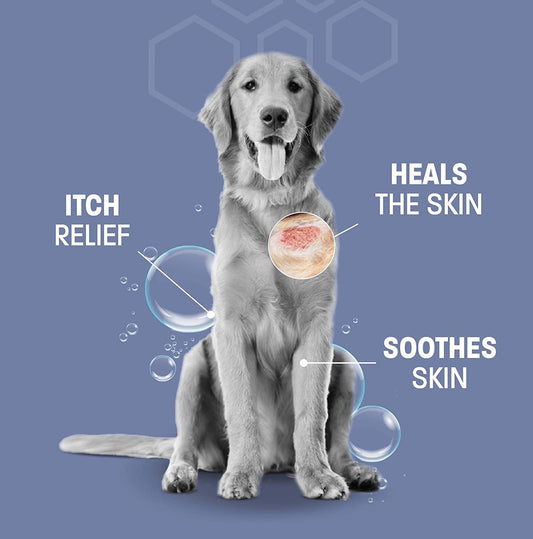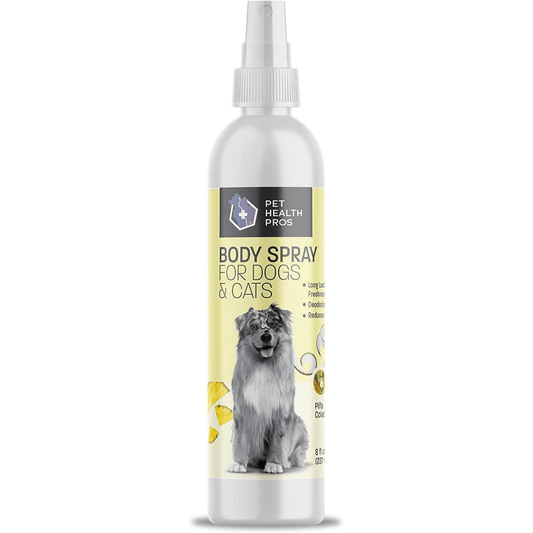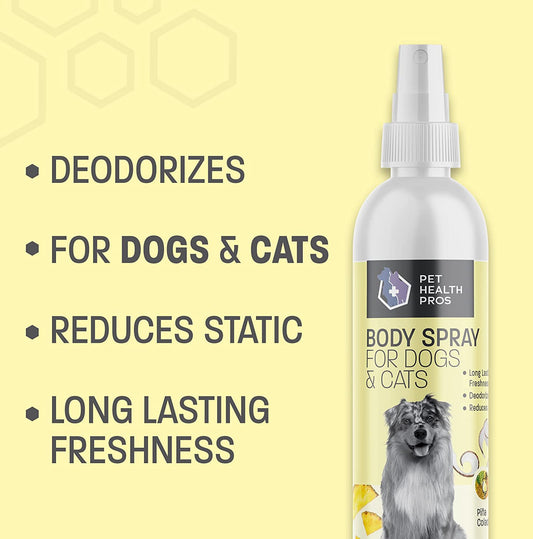Maintaining your dog's anal gland health is crucial for their overall well-being. Understanding the anatomy of your dog's anal glands and learning safe and effective techniques for expressing them are essential aspects of responsible pet ownership. Regular maintenance can prevent potential health risks and ensure your furry companion stays happy and healthy. Here are the key takeaways from this essential guide to safely expressing your dog's anal glands:
Key Takeaways
- Understanding the location and function of your dog's anal glands is important for identifying potential issues early on.
- Common issues with anal glands include impaction and infection, which can cause discomfort and health complications for your dog.
- Watch for symptoms such as scooting, licking, and a foul odor, indicating a need for anal gland expression.
- Prepare for expressing your dog's anal glands by gathering supplies, calming your dog, and choosing a suitable location.
- Follow a gentle and careful expressing process to avoid injury or discomfort for your dog.
Understanding the Anatomy of Your Dog's Anal Glands
Location and Function
The anal glands, or anal sacs, are two small glands located on either side of your dog's anus, at approximately the four and eight o'clock positions. These glands produce a smelly, oily substance that serves as a territorial marker when your dog defecates. Proper functioning of these glands is crucial for your dog's comfort and health.
When a dog has a bowel movement, the pressure causes the glands to express naturally. However, if the glands do not empty properly, they can become impacted, leading to discomfort and potential health issues. It's important to recognize the signs of anal gland problems, such as scooting, licking the area, or a foul odor.
- Scooting on the ground
- Licking or biting at the anus
- Swelling or redness near the anus
- Difficulty defecating
- A strong, unpleasant odor
Regular monitoring and maintenance of your dog's anal glands can prevent discomfort and more serious complications. If you notice any of these symptoms, consult with your veterinarian for advice and possible treatment.
Common Issues
The anal glands of dogs are prone to several issues that can cause discomfort and health problems. Impaction is a common condition where the glands become clogged and unable to empty. This can lead to infection, which might cause abscesses or even rupture if left untreated. Another issue is anal gland tumors, which are less common but can be serious.
Early detection and treatment of anal gland issues are crucial to prevent complications and ensure the well-being of your dog.
Here is a list of common anal gland issues to be aware of:
- Impaction
- Infection
- Abscesses
- Rupture
- Tumors
Regular check-ups with a veterinarian can help identify these problems early on. If you notice symptoms such as scooting, licking the area, or a foul smell, consult your vet promptly.
Symptoms to Watch For
Recognizing the signs of full anal glands is crucial for your dog's comfort and health. Dogs cannot communicate discomfort in the same way humans do, but they exhibit certain behaviors that indicate their anal glands may need attention. One clear sign is scooting, where a dog drags its rear across the ground. Other symptoms include:
- Excessive licking or biting at the anal area
- A distinct fishy odor near the tail
- Swelling or redness around the anus
- Difficulty defecating or changes in stool consistency
If you observe any of these symptoms, it's important to consult with a veterinarian before attempting to express the glands yourself.
Early detection and treatment of anal gland issues can prevent more serious complications, such as infections or abscesses. Regular checks are a key part of maintaining your dog's anal gland health.
Safe and Effective Techniques for Expressing Your Dog's Anal Glands
Preparation Steps
Before expressing your dog's anal glands, it's crucial to ensure that both you and your pet are prepared for the procedure. Ensure your dog is calm and comfortable; this can be achieved by engaging in a soothing activity your dog enjoys prior to the expression. Here are the steps to prepare:
- Wear disposable gloves to maintain hygiene.
- Have a supply of paper towels or wipes at hand to clean up any possible mess.
- Position your dog in a comfortable and accessible area, preferably on a washable surface.
- If necessary, trim the hair around the anal area for better visibility and cleanliness.
Remember, the key to a stress-free experience is to keep the environment serene and to approach your dog with a gentle touch.
It's also beneficial to familiarize yourself with the anatomy of your dog's anal glands to better understand the process and to avoid causing discomfort or injury. If you're uncertain or uncomfortable with any step, consider seeking professional assistance.
Expressing Process
The process of expressing your dog's anal glands should be approached with care and knowledge. Ensure your dog is calm and comfortable before beginning, as this can be a sensitive procedure. Wear gloves and position your dog in a way that allows easy access to the anal area, either standing or lying on its side.
Gently apply pressure to the glands, which are located at the 4 and 8 o'clock positions around the dog's anus. Use a piece of tissue or a damp cloth to catch the secretion. It's important to apply pressure upwards and inwards, towards the center of the anus. If you're unsure about the technique, consult a veterinarian or a professional groomer.
After expressing the glands, observe your dog for any signs of discomfort or irritation. This can indicate that the glands were not fully emptied or that the procedure was not performed correctly.
Remember to clean the area thoroughly after the procedure and wash your hands. If you notice any abnormalities in the secretion, such as a very thick consistency or a foul odor, it may be a sign of infection and you should seek veterinary assistance.
Here is a simple checklist to follow during the expressing process:
- Ensure dog's calmness
- Wear protective gloves
- Position dog appropriately
- Locate the anal glands
- Apply gentle pressure
- Catch the secretion
- Observe your dog post-procedure
- Clean the area and wash hands
- Monitor for signs of infection
Aftercare Tips
After expressing your dog's anal glands, it's crucial to monitor your pet for any signs of discomfort or complications. Ensure your dog is comfortable and observe their behavior closely for the next few hours. If you notice any redness, swelling, or your dog continues to scoot or lick the area excessively, it may indicate irritation or infection, and you should contact your veterinarian.
Hygiene is paramount post-expression. Clean the area with a soft, damp cloth and dry it gently to prevent any potential infections. Here's a simple aftercare checklist to follow:
- Observe your dog's behavior and comfort level
- Clean the anal area with a damp cloth
- Dry the area thoroughly
- Watch for signs of irritation or infection
- Contact your vet if any complications arise
Remember, while expressing your dog's anal glands can be done at home, it's not without risks. If you're unsure or uncomfortable with the process, seek professional help to avoid any harm to your beloved pet.
Importance of Regular Anal Gland Maintenance for Your Dog
Preventative Benefits
Regular maintenance of your dog's anal glands is crucial for preventing discomfort and potential health issues. Proactive expression can help avoid impaction, infection, and abscesses, which are not only painful for your dog but can also lead to more serious complications if left untreated.
Preventative care ensures that your dog remains comfortable and reduces the likelihood of emergency visits to the vet, which can be stressful and costly. By keeping the anal glands properly expressed, you also minimize the chances of unpleasant odors and your dog's need to scoot or lick excessively.
Maintaining a routine for anal gland expression is a key aspect of your dog's overall health and well-being.
Here are some of the benefits of regular anal gland maintenance:
- Reduces the risk of anal gland complications
- Keeps your dog comfortable and free from distress
- Decreases the likelihood of emergency vet visits
- Prevents the development of unpleasant odors
- Helps your dog avoid excessive scooting or licking
Health Risks of Neglect
Neglecting regular anal gland maintenance can lead to significant health issues for your dog. Impaction is a common consequence, where the glands become clogged and uncomfortable for the pet. If left untreated, impaction can progress to an infection, which may result in an abscess or even rupture, causing severe pain and potential complications.
Chronic infections and repeated cases of impaction can also lead to the formation of scar tissue, which can further complicate the natural expression of the glands.
Additionally, neglect can contribute to the development of anal gland tumors, which, although rare, can be serious. Regular maintenance helps in early detection and management of such conditions. Below is a list of potential health risks associated with neglecting anal gland care:
- Impaction and discomfort
- Infection and abscesses
- Chronic issues and scar tissue formation
- Anal gland tumors
It is crucial to recognize the importance of regular anal gland care in preventing these painful and potentially dangerous conditions. By adhering to a routine, you can help ensure your dog's comfort and well-being.
Frequency Recommendations
Determining the right frequency for expressing your dog's anal glands is crucial for their comfort and health. Regular maintenance can prevent discomfort and potential infections. Most dogs benefit from having their anal glands expressed every 4-6 weeks, but this can vary based on the individual dog's needs and health conditions.
Factors influencing the frequency include the dog's size, diet, and activity level, as well as any history of anal gland issues. Here's a simple guideline to help you decide:
- Small breeds: May require more frequent expressions due to their compact anatomy.
- Large breeds: Often have fewer issues but still need regular checks.
- Dogs on high-fiber diets: Fiber helps naturally express the glands during defecation.
- Sedentary dogs: May need more frequent expressions due to less natural gland expression through movement.
It's essential to observe your dog and consult with your veterinarian to establish a personalized care routine. Regular vet visits can help identify the need for gland expression and catch any related health issues early on.
Ensuring your dog's anal glands are regularly maintained is crucial for their comfort and health. Neglecting this aspect of pet care can lead to discomfort, infections, and costly vet visits. Don't wait for symptoms to arise; proactive care is key. Visit our website for a comprehensive range of pet health supplies, including our top-rated anal gland maintenance products. Keep your furry friend happy and healthy with our expert-recommended solutions. Click here to explore our products and take the first step towards your pet's well-being.
Conclusion
In conclusion, safely expressing your dog's anal glands is an essential aspect of maintaining your pet's health and well-being. By following the proper techniques and seeking guidance from veterinary professionals, you can ensure that your furry companion remains comfortable and free from potential health issues. Remember, regular anal gland expression is a proactive measure that contributes to your dog's overall health and happiness. Stay informed, stay attentive, and prioritize your dog's anal gland health for a happier and healthier pet.
Frequently Asked Questions
What are anal glands in dogs and why are they important?
Anal glands are small glands located near a dog's anus that secrete a smelly fluid. They are important for marking territory and communication with other dogs.
How do I know if my dog's anal glands need to be expressed?
Common signs include scooting, licking or biting the area, foul odor, and discomfort while sitting.
Can I express my dog's anal glands at home?
While it is possible to express your dog's anal glands at home, it is recommended to consult with a veterinarian or professional groomer for guidance and proper technique.
Are there any risks associated with expressing a dog's anal glands?
If not done correctly, there is a risk of injury, infection, or discomfort for the dog. It is important to follow safe and gentle techniques.
How often should I express my dog's anal glands?
The frequency of expressing anal glands varies for each dog. It is generally recommended to do it when needed or as advised by a veterinarian.
What are the benefits of regular anal gland maintenance for my dog?
Regular maintenance can help prevent impaction, infections, and discomfort for your dog. It promotes overall anal gland health and hygiene.
